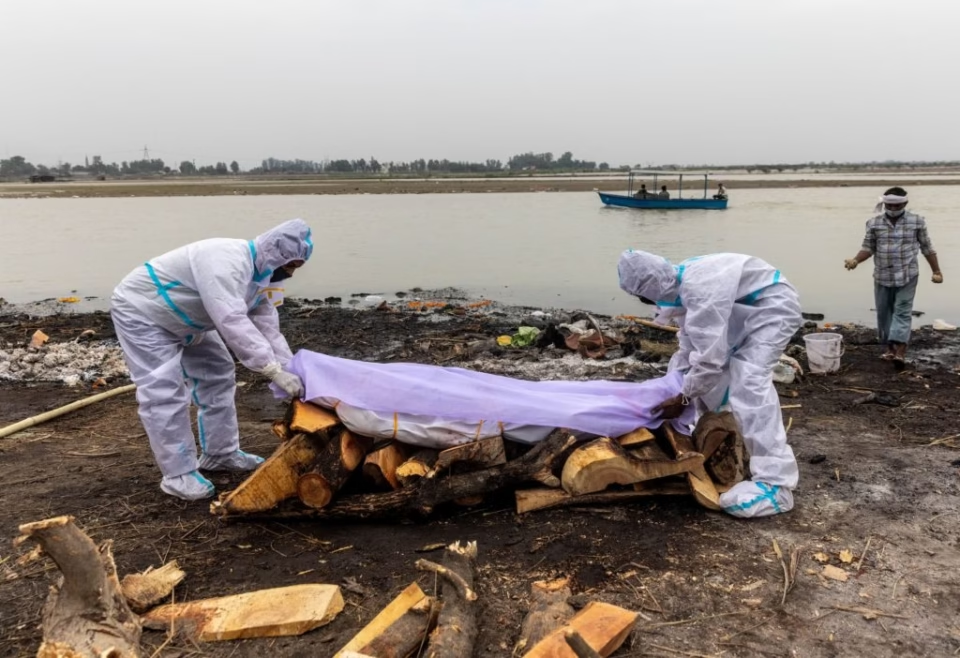Tragedy has struck in Durban, South Africa, where search and rescue teams have recovered five bodies in the southern region following a night of heavy rainfall. This devastating incident is a stark reminder of the destructive power of floods, which have become an increasingly common occurrence in South Africa due to climate change.

The country has been experiencing more frequent and intense flooding events, particularly in the KwaZulu-Natal province, where Durban is located. These floods have resulted in loss of life, displacement of people, and significant damage to infrastructure and property.
The causes of flooding in South Africa are multifaceted, including:
- Warmer Ocean Temperatures: Leading to stronger winds and heavier rainfall
- Destruction of Vegetation Cover: Resulting in soil erosion and increased risk of mudslides
- Insufficient Drainage Management: Poorly planned and maintained drainage systems exacerbate flooding
- Deforestation: Contributing to soil erosion and increased risk of flooding
- Extreme Rainfall Events: Intensified by climate change, leading to flash floods and landslides
It’s essential for authorities to take proactive measures to mitigate the effects of flooding, including improving drainage systems, enforcing sustainable land-use practices, and enhancing early warning systems.



